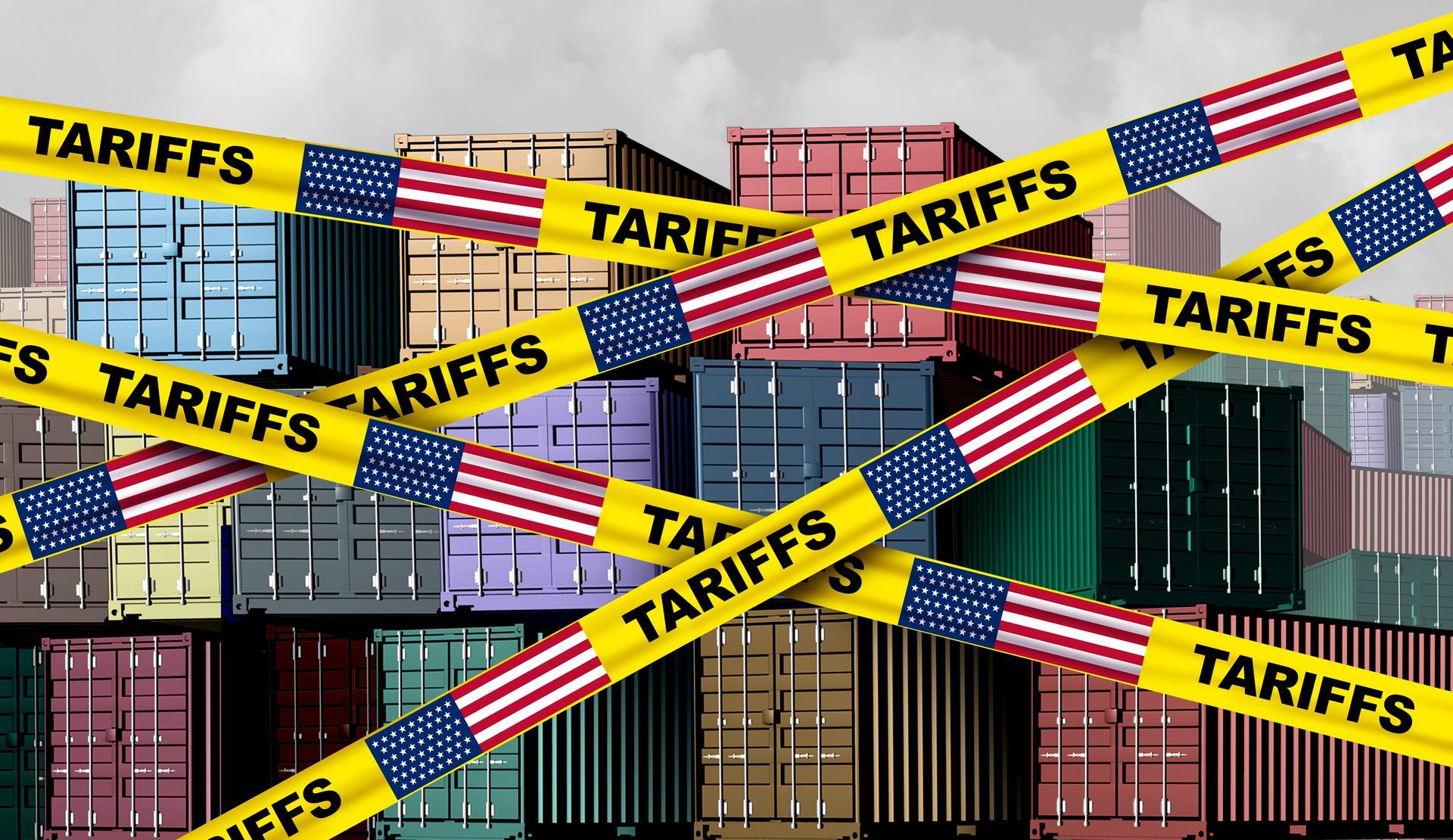Gold Jewelry: A Duty Drawback Opportunity
Under GSP, you may be eligible for duty drawback on exports

The Generalized System of Preferences (GSP) is a provision detailed in the Harmonized Tariff Schedule that allows for duty free entry of a limited list of items from specific countries. This free trade situation is set up to encourage businesses and consumers to support the included countries by purchasing their products. As part of GSP, gold jewelry coming into the United States from India was subject to this duty exemption for many years.
In 2010, President Obama decided that gold jewelry coming in from India would no longer be eligible for duty-free treatment. Therefore, importers who were privy to duty free entry for many years were now paying a substantial duty upon import of, in some cases, expensive jewelry items.
While this was a new financial burden, many importers of jewelry found that they could now take advantage of duty drawback when shipping these items back out of the country. So, while they now need to pay an import duty, the door opens up for a duty drawback opportunity that did not exist before. We have acquired many new clients in the last several years who have taken advantage of this new opportunity and initiated a duty drawback program.
If you are an importer who was once privy to duty free entry under GSP and your internationally sourced product is now imposed with an import duty, you may be able to claim duty drawback on these items once you ship them out of the United States.
Contact ITM to determine if duty drawback is an option for your company.
Get actionable advice on cost-saving strategies that boost your bottom line.
Subscribe here:





















